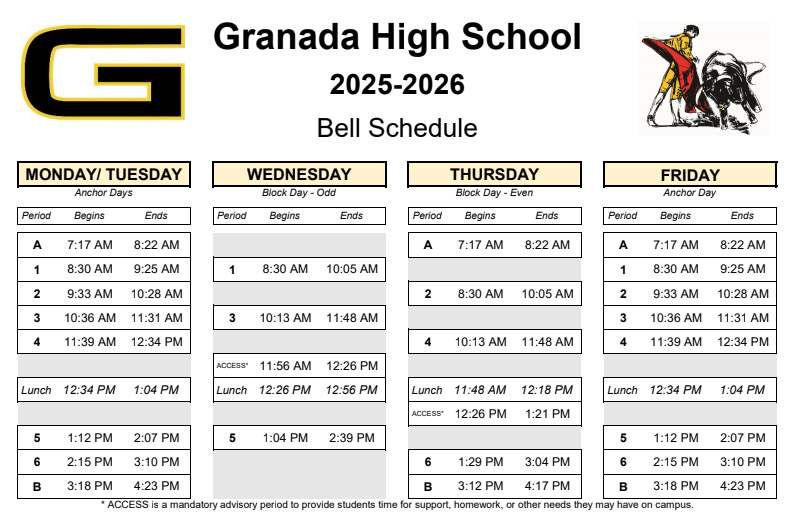As most Americans are well aware, California isn’t the most affordable place to live out of the 50 states. In fact, it is generally considered the third most expensive state in the entire U.S., ranking only behind Hawaii and Massachusetts. This is primarily due to its high cost of living, which is significantly impacting its residents like never before. California’s cost of living is among the highest in the U.S., around 30% higher than the national average, but this depends on where you live.
California brings in a ton of money. Not only does it have some of the country’s best universities, including Stanford, University of Southern California (USC), California Institute of Technology (CalTech), and the University of California campuses at Berkeley and Los Angeles (UCB & UCLA), it is also home to some of the nation’s most beautiful sites. Yosemite National Park draws in millions of people from all over the world each year to marvel at its natural wonders, including spectacular waterfalls, large rock formations, and lush forests.
Ten cities in California even made the US News and World Report’s (USN) list as part of the top 25 Most Expensive Places to Live in the U.S. Although the Golden State’s economy and higher than average income help make up for the larger-than-average costs, there are many factors that can make it unaffordable for the average American.
So what makes California so expensive? According to USN, housing, transportation, food, utilities, and taxes are the biggest factors driving the state’s higher cost of living. Out of all of these, the lack of affordable housing is arguably the state’s most pressing challenge. The California Budget & Policy Center determined the high cost of housing is one of the primary drivers of the state’s high poverty rate, as it increases economic insecurity among a number of families. Renters and households with the lowest incomes are most affected by the crisis.
Here’s a breakdown of California’s cost of living:
Housing: Housing costs in California are much higher than the national average. California is second only to Hawaii as the most expensive place to buy a house. Now, the median home price in California is $861,020. This is an increase of 5% year-over-year from the previous year. The statewide median home price is $904,210. To put that in perspective, the average annual salary in California is $76,960, which translates to approximately $6,413 per month, making these kinds of payments seem almost impossible to pay off. If one used 100% of their salary to pay off those costs, it would take almost 12 years to completely pay off. However, this is not realistic as Americans need to cover a number of other expenses everyday such as food and utilities. The average time it takes to pay off all the loans necessary to buy a house adds up to around 30 years. Plus, this is just an average, and individual incomes can differ significantly based on location, job type, and experience, meaning these numbers can vary.
State Taxes:
California has the country’s highest individual income tax rates, the highest being 13.3% for millionaires. The statewide tax rate is 7.25%. Local jurisdictions have added district taxes that increase the tax owed by a seller in most areas of California. Those district tax rates range from 0.10% to 2.00%, and some areas may have more than one district tax in effect.
Transportation:
California is infamous for its traffic, as well as its vehicle-related expenses. California’s excise tax on gasoline is also the most expensive nationwide, an issue all drivers in the state experience frequently. Taxes and regulatory programs have caused fuel prices to currently average $4.793 per gallon, which is the highest in the country, according to AAA Gas Prices. California also imposes special blend requirements which have high taxes and fees associated with their initiatives to reduce carbon emissions. These are more expensive to produce, further contributing to the issue.
Health Care:
Over the past two decades, Californians’ spending on health care has increased by 5.4% each year, and the California Public Employees’ Retirement System (CalPERS) has noted it’s grown significantly faster than wages. According to CalPERS, households spend nearly 13% of their median income on health care. The average annual healthcare spending per person is $10,299 (higher than the national average of $10,191). Additionally, money deposited into a Health Savings Account (HSA) isn’t tax-exempt in California. This makes it less likely for Californians to save money for health-related expenses.
Food:
A study conducted by HelpAdvisor found that Californians spend more money on groceries every week than residents of any other state, based on data from the U.S. Census Household Pulse Survey. According to the study, the average household spends $1,080 per month on groceries, while Californians spend about $1,190, which is $297.72 per week. Prices are even higher in cities like Riverside and San Francisco, where the average household spends around $300 per week on groceries. The rising costs of goods are not helping the issue, such as the problem regarding supply and demand of eggs. Eggs have increased in value due to a shortage caused by avian influenza outbreaks (bird flu), which decimated egg-laying hens and greatly reduced supply. An increase in consumer demand, especially from the holiday season earlier this year, turned eggs into an overpriced delicacy.
Utilities:
Californians typically use less water and electricity, but their utility bills are still high when compared with residents in other states. Average monthly utility costs can vary, but generally, electricity bills alone cost around $136.84, natural gas costs around $69.38, water costs around $47, and sewer costs around $65. Overall, the average monthly utility bill in California is around $504.
The lack of affordable housing and higher cost of living has forced California residents to seek someplace less expensive to live. Californians are increasingly relocating to Texas, Arizona, and Florida. Washington and Nevada are also among the top states where Californians are moving, according to a report by the Public Policy Institute of California. Based on data from the state’s Department of Finance, California lost around 800,000 residents between 2020 and 2023. Since 2020, California has added roughly 430,000 new residential units. This is an increase of 44% in less than two years, but the state still needs 3.5 million more homes to accommodate the current population. Given the current state of the economy, people have begun to worry California will soon exceed the affordability rates of average Americans, as homes costing couple millions of dollars have become a societal norm. So yes, California is expected to become even more expensive in the coming years, particularly due to housing costs outpacing wage growth. While some experts predict a slight cooling in the housing market, the overall trend points towards continued increasing numbers.

































